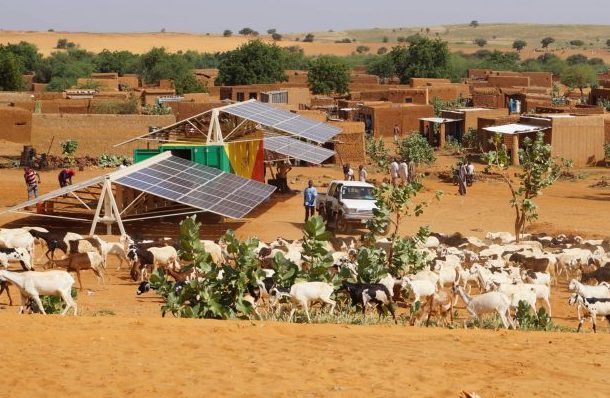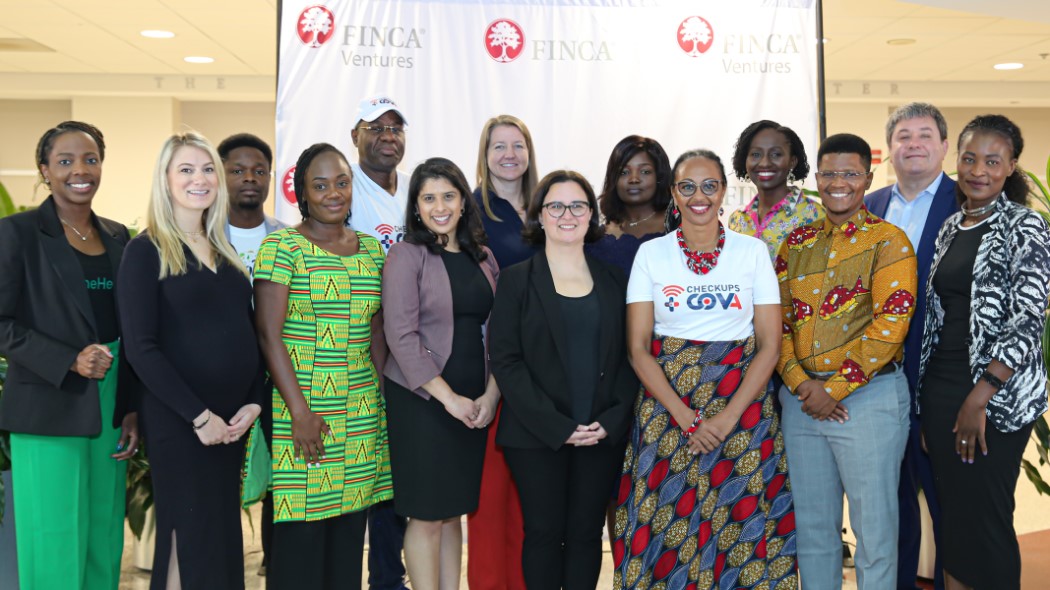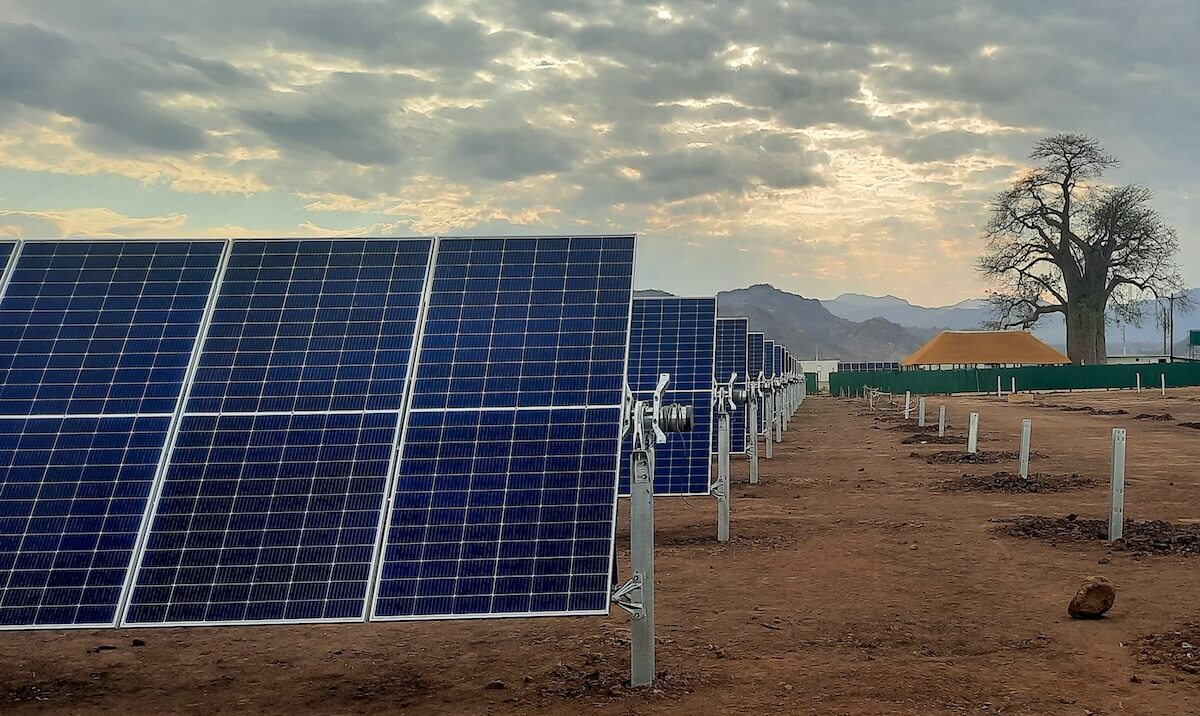Few would dispute that for many of the 840 million people without access to electricity globally, off-grid solutions will be essential to improving livelihoods for many of the poorest and most remote households and enterprises.
That said, as impact-first investors, we should not be content with a headline and a picture of a satisfied rural customer standing next to a solar panel. We must grapple with the details of what the customer data is telling us.
Ceniarth investee 60 Decibels’ has released a new study on “Why Off-Grid Energy Matters” providing a detailed picture of the impact that off-grid energy solutions are having on the lives of customers around the world. It draws on interviews with almost 35,000 customers of 49 off-grid energy companies in 17 countries. According to direct customer feedback, 88% of households using energy access products report an improvement in their quality of life.
This is a driving reason why, in addition to being an active customer, we were proud to invest in the spin-out of 60 Decibels as a standalone independent organisation devoted to getting “beyond the bulls**t” in impact investing. 60 Decibels’ Lean Data approach is a low-cost, beneficiary focused tool that has enabled us and other investors to understand on a more granular level the day to day impact that social enterprises are having – or not having – for customers.
Hype cycle
An honest reckoning with the opportunities and challenges of the energy access sector is what we have been calling for since 2017 when we first called attention to what we saw as an “energy-access hype cycle” particularly among vertically integrated solar home system players.
At the time, early venture investors seemed to be suggesting that the expansion of household lighting products would be a miracle cure for income generation, financial inclusion, health, education and a myriad of other quality of life indicators. Many conflated this expansion of lighting solutions with the productive energy needed to power economic growth, leading to bold claims that the sector would unleash a “trillion-dollar tomorrow” in sub-Saharan Africa.
Fast forward a few years and the sector has seen insolvencies, mass layoffs and an acceptance that exits are hard to find, especially at the kind of aggressive valuations that entrepreneurs and early stage venture investors were originally seeking. A more sober rhetoric has taken hold with companies and investors appreciating the need for more measured expansion and a gradual move away from vertically integrated distribution models.
Now that the fever has broken, we are seeing critical, constructive analysis that is beginning to draw nuanced comparisons across companies, business models, sectors and geographies. The new 60 Decibels study is an important contribution to the industry and draws out some key long-term impact-focused concerns:
- Off-grid energy solutions are not necessarily reaching the poorest customers – Only 37% of off-grid customers live below the $3.20/day poverty line. This is leaving vast segments of off-grid populations unserved. This stands in contrast to data from our Ceniarth agricultural portfolio where similar Lean Data surveys have indicated an average of 58% of customers below this poverty line.
- Companies move upmarket over time – One of our main critiques from 2017 was that as companies scale and raise finance-first, external capital, they rationally migrate to focus on “better” customers – those with higher incomes in more densely populated urban and peri-urban areas where distribution is easier. The data suggests that while larger companies may continue to serve more poor customers on an absolute basis, their bias is to move away from these populations.
- Income generation is limited – Only 18% of off-grid customers are using energy products to directly enhance their incomes. While this is not insignificant, more needs to be done to improve access to productive assets which go beyond basic lighting solutions and can ultimately help reduce poverty for low-income customers.
- Product quality and customer service need to improve – The percentage of customers reporting challenges is high at 34% and after sales support is often inadequate, perhaps suggesting too much focus on scaling with new customers rather than improving the experience for existing customers.
- Over-indebtedness can be a significant issue – Select bad actors are generating very high levels of payment burdens for their customers. Mirroring concerns around over-indebtedness in the fast-growing digital credit space, investors should be vigilant in assessing whether credit assessment is being undertaken responsibly by prospective and existing portfolio companies.
Impact first
To be clear, our attention to these gaps and shortcomings does not mean that we will not continue to invest meaningfully in the sector. Those who were displeased with our 2017 critique chose to mischaracterize it as an “exit” from the energy access space. In fact, it was simply an acknowledgement that we were going to be more targeted in supporting business models that matched our impact goals.
In recent years, our investments in the off-grid sector have been specifically targeted at models that address some of the gaps highlighted by this Lean Data work: enterprises targeting lower-income populations segments, those supporting leaner, more sustainable local distributors, and those seeking to stimulate income generating activities. Some select examples of completed and in-process transactions:
- CrossBoundary Energy Access: CBEA recently launched the first project finance facility for mini-grids in Africa. We were proud to have committed $500,000 to the catalytic, equity tranche of the facility. According to the Lean Data study, this business model is showing the most success at reaching poor customers (51% vs 37% average for the sector). Mini-grids also provide significant scope to power income generating productive use appliances.
- SunFunder: While continuing to support best-in-class global lantern distributors and vertically integrated solar home systems, SunFunder’s new Solar Energy Transformation Fund has a more diverse strategy with significant planned exposure to local distributors, mini-grid developers, and productive use energy products. We have a $5 million commitment to this facility.
- Angaza/SIMA Distributor Fund: We have pledged $300,000 in support to this soon-to-be-launched pilot distributor fund. It will finance early stage, local distributors of off-grid products that make use of the Angaza platform. These smaller distributors have an emphasis on poorer, more rural customers.
- Jaza: We are finalizing a $250,000 pilot working capital facility that will help Jaza deploy more of their hubs: a blend of centralised renewable energy generation and rechargeable battery packs that provide low-cost access to lighting solutions to rural Tanzanians.
- One Acre Fund and myAgro: Collectively, we have provided over $8 million in financing to these agricultural enterprises that may focus on providing farmers with inputs and agronomic advice, but are, quietly, significant distributors of solar lanterns across their combined 1m customers in Africa. Leveraging their extensive distribution networks, they are more cost-effective and accessible for low-income customers.
We will continue to scout out more opportunities to finance the deployment of energy products understanding their potential, as well as their limitations. As impact-first investors trying to maximize the reach of every dollar that we deploy, Lean Data surveying and analysis is proving to be a highly effective radar for calibrating our approach to specific sectors such as energy access.
We should all be trying to listen more to the voice of customers as opposed to the echo chambers and hypesters of our industry.
Greg Neichin is a director at Ceniarth. Harry Davies is Ceniarth’s manager of program-related investments.











